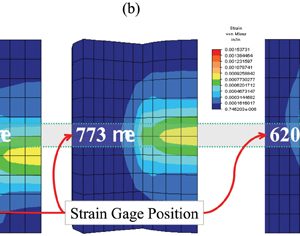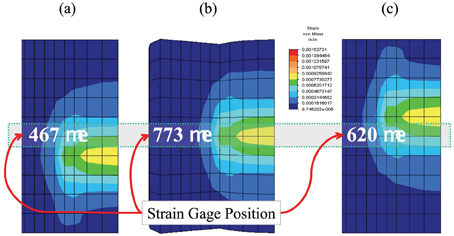Target validation
20 May 2005 | By Jeroen DeGroot, PhD; Anne-Marie Zuurmond, PhD, Daniel Eefting, MD; Ruud A Bank, PhD; and Paul Quax, PhD.; TNO Quality of Life, Business Unit Biomedical Research
All diseases have a genetic component, whether inherited or resulting from the body's response to environmental stresses such as viruses, toxins or trauma. The successes of the human genome project have enabled researchers to pinpoint errors in genes that cause or contribute to disease.






